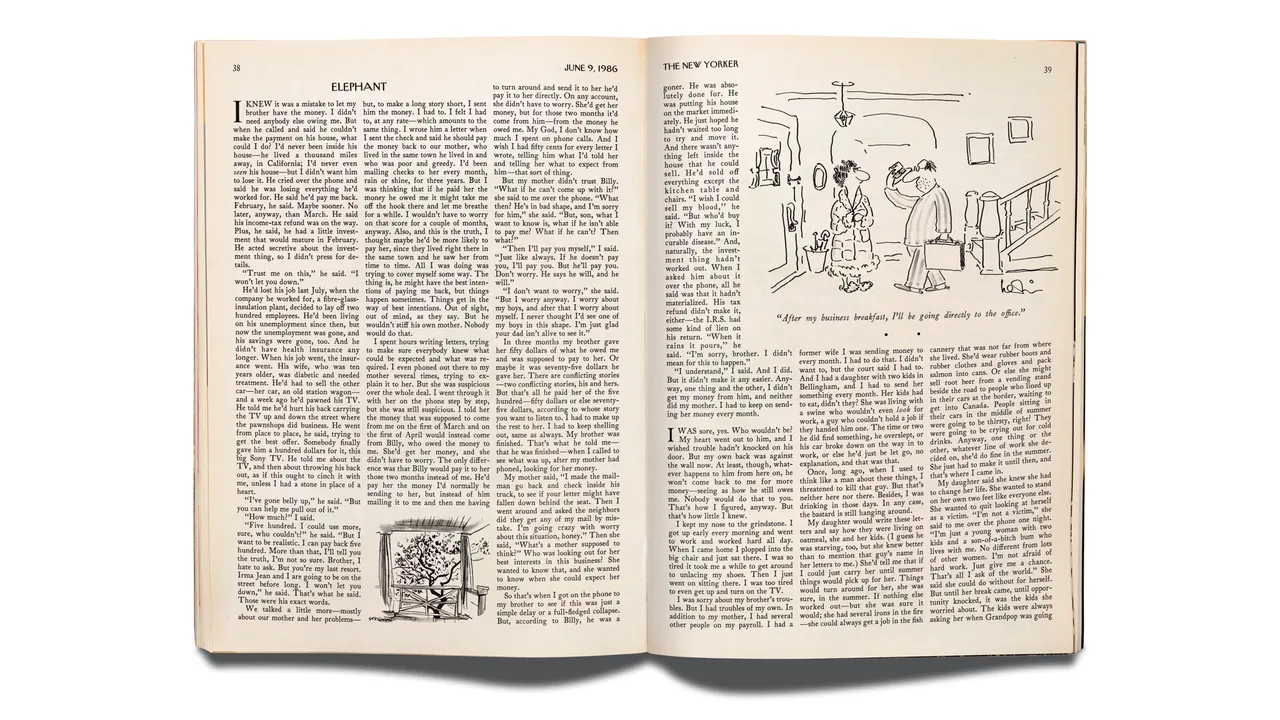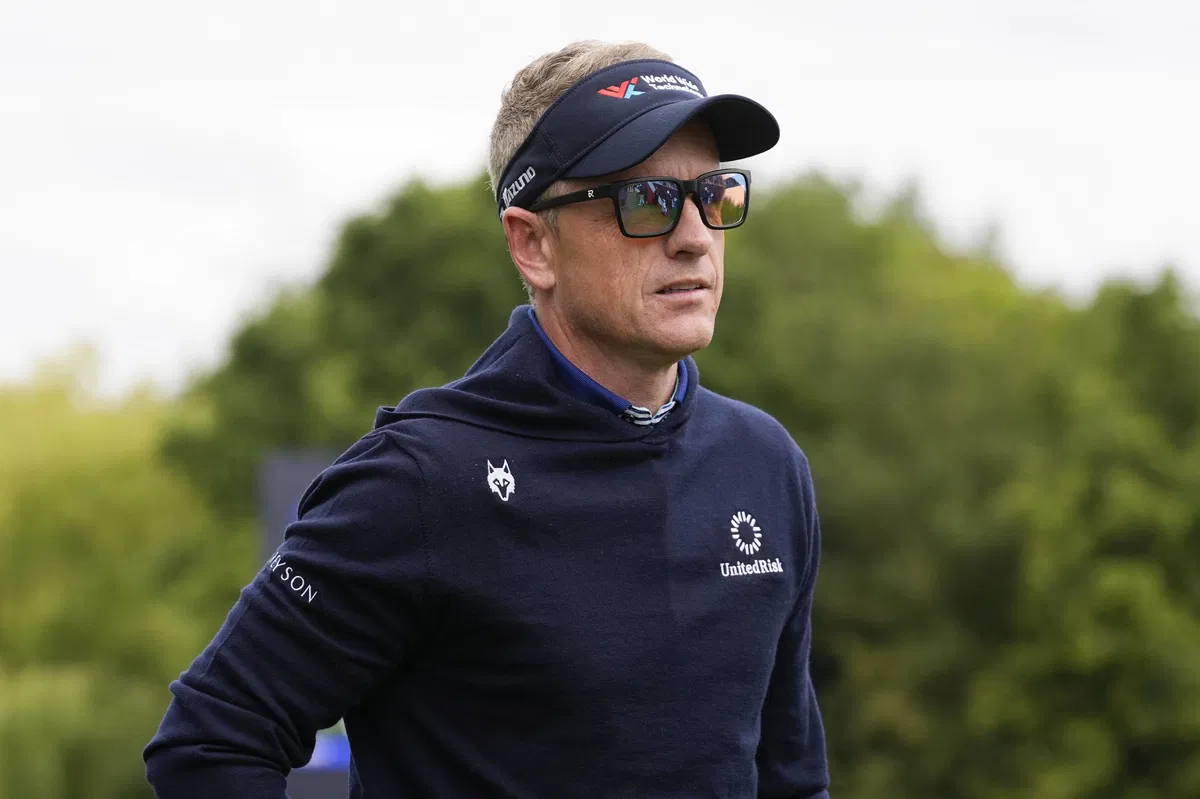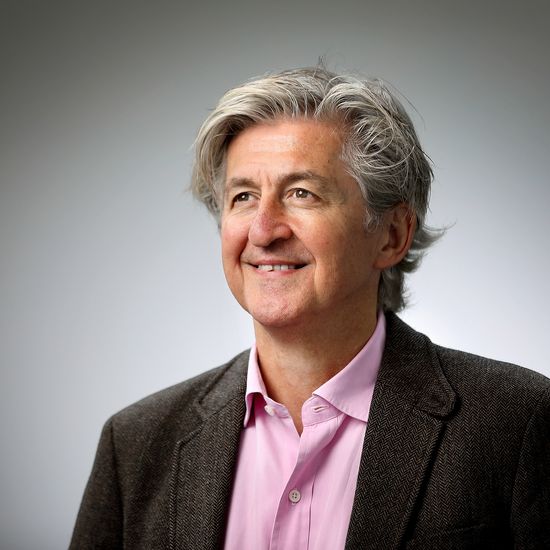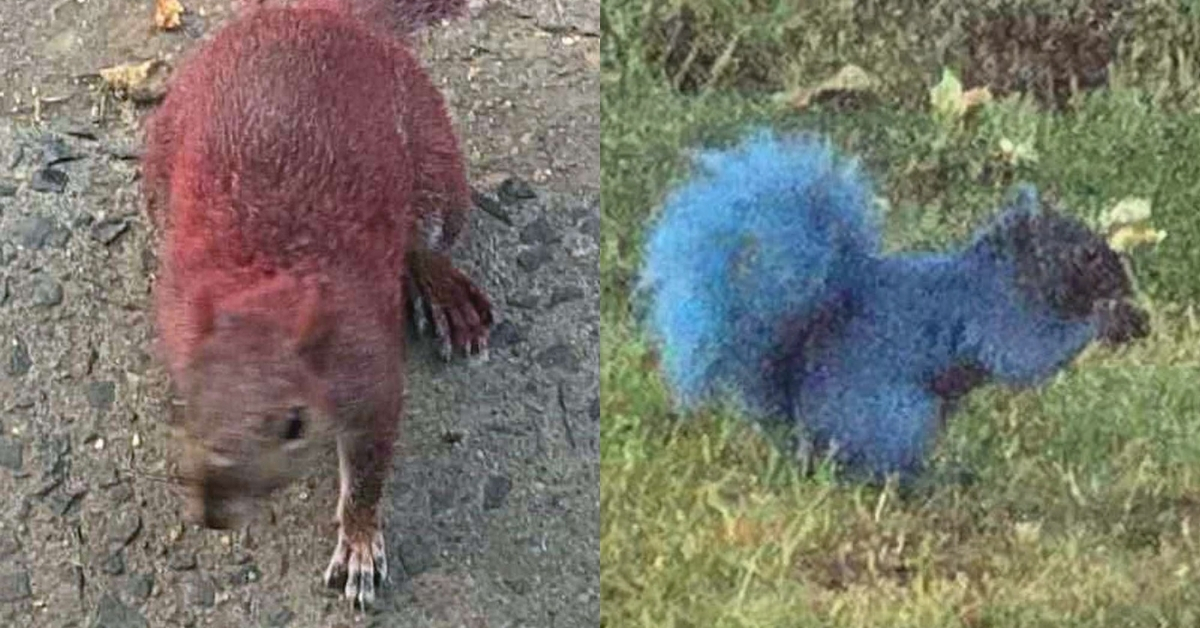
The structure of “Elephant,” one of Raymond Carver’s last stories, is simple, but the emotional effect is outsized, numinous, convincing, and comic. It opens with the narrator’s brother calling him to ask for money. His mother, “poor and greedy,” also needs some, as does his daughter, who was living in Bellingham with two kids and “a swine who wouldn’t even look for work,” and his son, in college in New Hampshire, who says he will deal drugs or rob a bank if he can’t get money from his dad. That’s the first part of the story. In the next section, the headwinds intensify. The brother’s plans for paying him back have fallen through, the mother says it’s not in the cards for her to save for a rainy day, the daughter’s trailer is robbed, and the son wants help moving to Germany to avoid the materialist society of the U.S., where you can’t even have a conversation, he complains, without money coming up. Then, though the narrator’s situation doesn’t shift—except maybe to get worse—he feels, somehow, different. “I decided to write her a letter that evening and tell her I was rooting for her,” he says of his daughter. “My mother was alive and more or less in good health, and I felt lucky there, too.”
When I wrote “Unreasonable,” I was interested in (among other things) better understanding, artistically and emotionally, what made that change credible. I also wondered how a different sort of narrator would think her way through her own ongoing storm. In my nonfiction writing, I have lengthy conversations with a lot of scientists. One of those scientists recently explained why something was unlikely to happen, “given our current macro-environment”—the cuts in funding that followed the election of Donald Trump. That phrasing stayed with me. I put my character into that “macro-environment,” and also gave her the shifting pressure systems of two children, students, and colleagues. Not long ago, I read scientific research about the varied dialects and disposition of bees—so I realized that my character studied bees. She was someone who could take seriously the mind of a creature smaller than a penny, or someone who, maybe, felt smaller than a penny herself.
In “Elephant,” the shift in the narrator’s mood follows two dreams, one of them reassuring and the other distressing. In the first, he is a child riding on his father’s shoulders (“I was high off the ground, but I wasn’t afraid”) and he becomes aware of the steady grip his father has on his ankles; he imagines that his father is an elephant. In the second dream, the narrator is an adult: “I found myself in the company of some other people—people I didn’t know—and the next thing that happened was that I was kicking the window out of my son’s car and threatening his life, as I did once, a long time ago.” When he wakes up, he recalls that in the dream someone had offered him whiskey. “Drinking that whiskey was the thing that scared me,” the narrator relates. “Compared to that, everything else was a picnic.”
The emotional transformation of the narrator has the cadence of Alcoholics Anonymous about it. He is gently, hesitantly, grateful. He wishes his son and brother and daughter and mother well. On his walk to work, he starts to whistle. (“I felt I had the right to whistle if I wanted to.”) A guy from work pulls over and offers him a ride in his car, whose velocity he is keen to show off. The narrator is still moving into a wind, but there’s at least the brief feeling that the wind comes from speeding forward into an adventure. I wondered what sort of transfiguration or transformation my character might be open to—or if she would be open to one at all. I wasn’t sure what past and present experiences might precipitate one, or how they might intrude into her consciousness.
“Elephant” is crowded with threes. The brother makes three main appearances, as do the mother, the daughter, and the son. Those triples discipline the story’s structure. They also prime me—and I think most readers—to seek out a third even for things that appear only twice. There are only two dreams, and only two mentions of his father. But in the story’s ending, I see ghostly thirds of both these elements. Those mystical, fairy-tale threes—I wanted those, also, to fall into my own story. ♦
I knew it was a mistake to let my brother have the money.
The Weekend Essay
The Mystery of the Cat Mystery
Why was I reading all these cat-detective novels—was I, like the animal itself, trying to cheat death?
This Week in Fiction
T. Coraghessan Boyle on Danger and Self-Delusion
The author discusses his story “The Pool.”
Book Currents
Great Gay Novels Recommended by the Director of “The History of Sound”
Oliver Hermanus—whose latest film stars Paul Mescal and Josh O’Connor—recommends three books by queer writers who hid their sexualities.
Book Currents
André Holland on Stories of Community
The “Love, Brooklyn” and “Moonlight” actor recommends some of his favorites.
A Critic at Large
What to Make of the Mother Who Made You
A new memoir by Arundhati Roy, about a formidable matriarch, joins a host of recent books in which daughters reckon with mothers who are too much, not enough, or both at once.
Letter from Tokyo
How Weekly Shōnen Jump Became the World’s Most Popular Manga Factory
The magazine, home to such series as “Naruto” and “One Piece,” has created a formula for coaxing hit franchises out of young talents. The twenty-four-year-old behind “Kagurabachi” may be next.
Books
Once Upon a Time in Hollywood
Celebrity picture books are having a moment. Are these the stories our children deserve?
Second Read
“I Who Have Never Known Men” Is a Warning
The slim, disquieting novel, which has become a sensation on TikTok, imagines a child who finds herself at the end of the world.
Open Questions
Can You Really Live One Day at a Time?
Productivity culture encourages us to live inside our tasks and projects. But nature offers its own organizational system.
Books
Elizabeth Gilbert’s Latest Epiphanies
“Eat, Pray, Love” was a huge hit in part because readers imagined they could be like its author. Her new book, “All the Way to the River,” shows how dubious that notion was.



